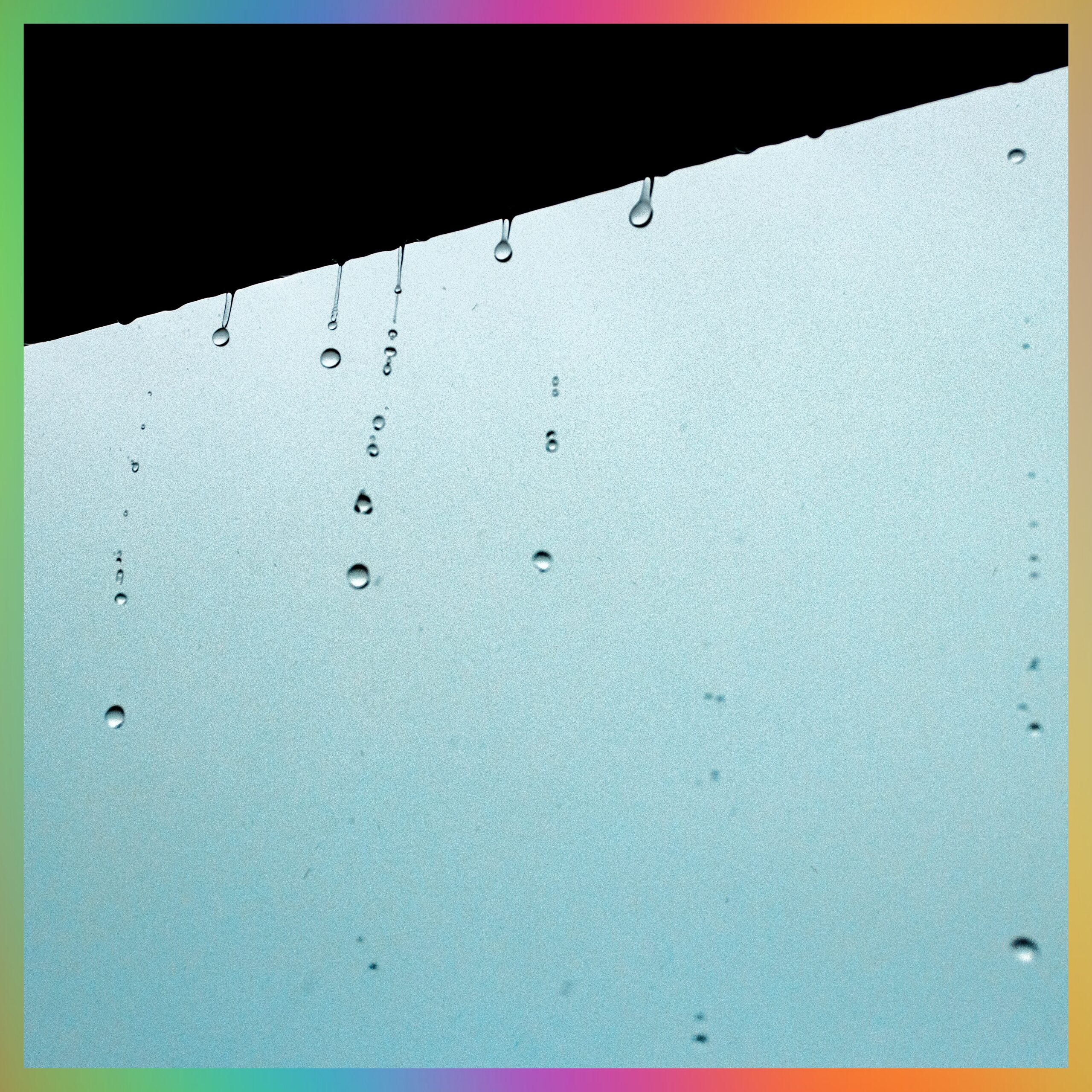
Every drop of water matters. With global warming altering weather patterns, some regions experience water shortages, while others receive excessive rainfall.
Efficient water management has become essential. Whether it’s groundwater, lakes, rivers, or rainwater, preserving and utilizing water wisely is crucial.
Advancements in technology have made rainwater harvesting a viable solution.
In this post, we’ll look into what rainwater harvesting actually means, its types, and its pros and cons.
What Is Rainwater Harvesting?
Rainwater harvesting is a technique used to collect and store rainwater as a source of water when there is a scarcity.
This method is particularly effective in arid landscapes, supplementing water during dry season and drought.
Also, rainwater is considered to be a clean water source. Rainwater that falls on rooftops is relatively clean and can be collected through drain pipes and stored in tanks.
The amount of water that can be collected depends on the size of the catchment area, the amount of rainfall, and the efficiency of the collection system.
Types of Rainwater Harvesting
There are two primary types of rainwater harvesting. Let’s explore them individually:
Rooftop System
The most common and widely used method for rainwater harvesting is the rooftop system.
It involves collecting all the rainwater that is wasted by runoff from the rooftop.
The tools and techniques used in the rooftop system includes:
#1 Storage Tanks
Storage tanks are used to collect the rainwater from the rooftop.
The tanks come in a variety of materials like ferrocement, polyethylene, fiberglass, concrete, and metal. You can either purchase pre-made tanks or have custom tanks constructed. These tanks can be installed above or below ground.
#2 Rain Barrels
Rain barrels connected to the drainpipe and collect the rainwater.
These barrels collect a small volume of water and can be used when the water is needed, often for gardening use.
Multiple rain barrels can be connected to increase capacity.
#3 Rooftop Ponds
Rooftop ponds collect the water on the rooftop.
These ponds cover a larger area and are capable of holding Large volumes.
The roof serves as a catchment, draining rainwater into an enclosed pond on the roof. The water can be used for domestic needs.
Land Based System
In land based harvesting methods, water is collected on the ground.
Here are the tools and techniques used in land based rainwater harvesting.
#1. Soak Pits
Simple pits dug in the ground filled with gravel and bricks that allow rainwater collected from surfaces to be stored underground.
Soak Pits are an effective method of rain harvesting.
#2. Percolation Tank
An excavated area made in soils with good permeability that allows collected rainwater to seep into the ground. Percolation tanks are built away from homes to avoid flooding.
#3. Check Dams
Small dams constructed across drains and streams slow water flow and allow water to seep into aquifers.
The stored water remains in local areas and can be tapped through wells.
Advantages Of Rainwater Harvesting
Reduce Cost
Rainwater reduces the dependency on other water sources, mainly groundwater, which requires pumps to extract that run on electricity and often involves costs from private or government sources where you have to pay for water.
Clean Water Source
Rainwater is a clean water source that doesn’t have any chalk, salts, or minerals.
So, it does not require a filtration system for landscape irrigation.
Easy to Install
The system for rainwater harvesting is simple and easy to construct and maintain.
Recharge Ground Water
Groundwater level drops each day. Harvesting the rainwater will reduce the dependency on groundwater and can recharge groundwater through percolation.
Good For Soil Health
Reduce soil erosion, flooding, stormwater runoff, and pollution of surface water with fertilizers, pesticides, metals, and other sediments.
Disadvantages Of Rainwater Harvesting
Unpredictability
Limited or no rainfall affects the water storage and supply.
High Initial Cost
Yes, over some time, rainwater harvesting is the best choice as it reduces the dependency on other water sources.
But to install components for rainwater harvesting costs you as it requires large storage tanks and catchment areas.
Storage
Rainwater cannot be stored to meet an entire year’s water needs due to the significant resources required. Improper management can also lead to mosquito breeding and other waterborne diseases.
Not Suitable for Every Region
Rainwater harvesting is challenging in arid regions and during dry seasons.
Quality Of Water
Even though you maintain rainwater harvesting very well. Stored water quality can deteriorate over time.
Final Word…
Rainwater harvesting is a sustainable water management solution that can significantly reduce dependence on other water sources.
With proper design and maintenance, it can be cost-effective and efficient. However, factors such as climate, budget, and water needs should determine the most suitable system.
When widely adopted, rainwater harvesting can play a vital role in enhancing water security.

Leave a Reply